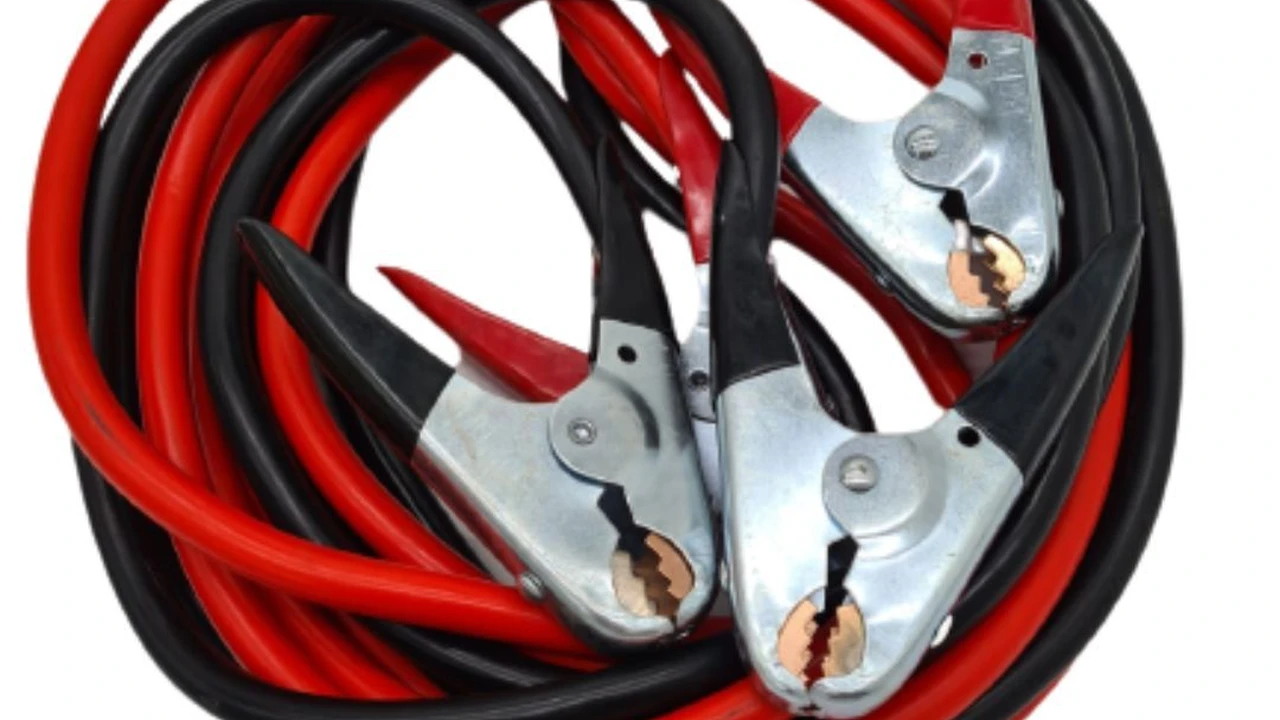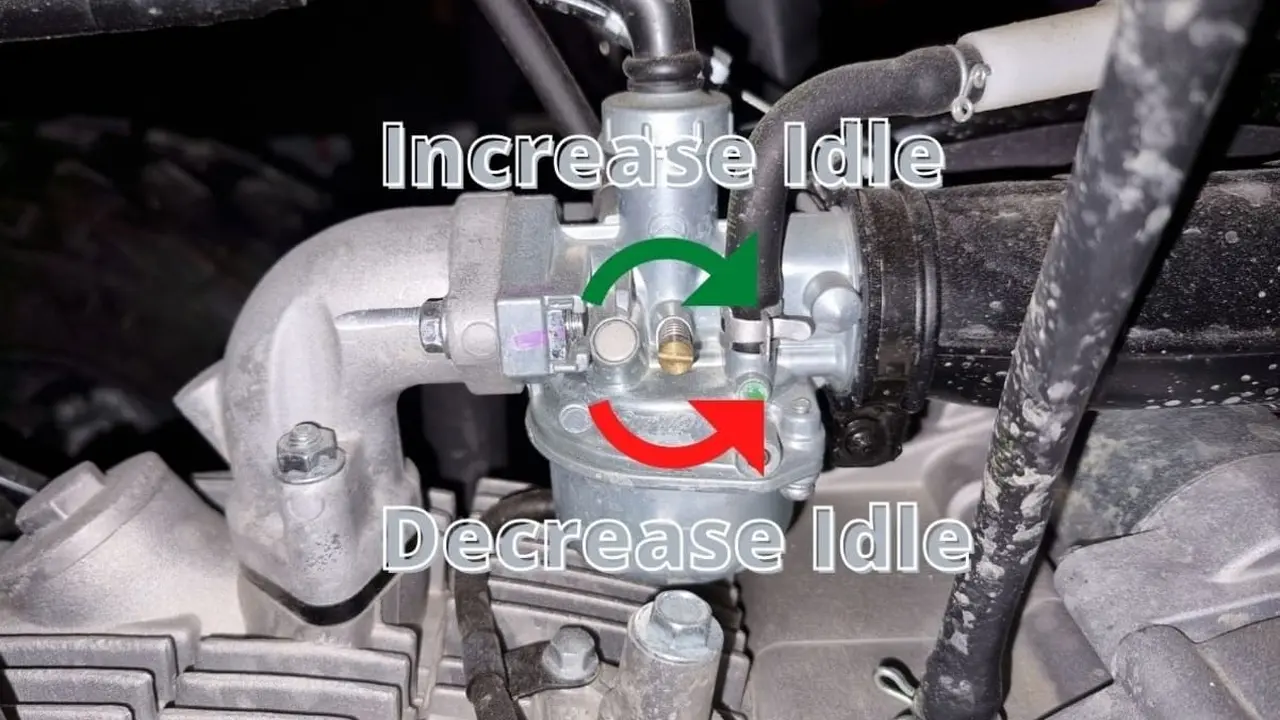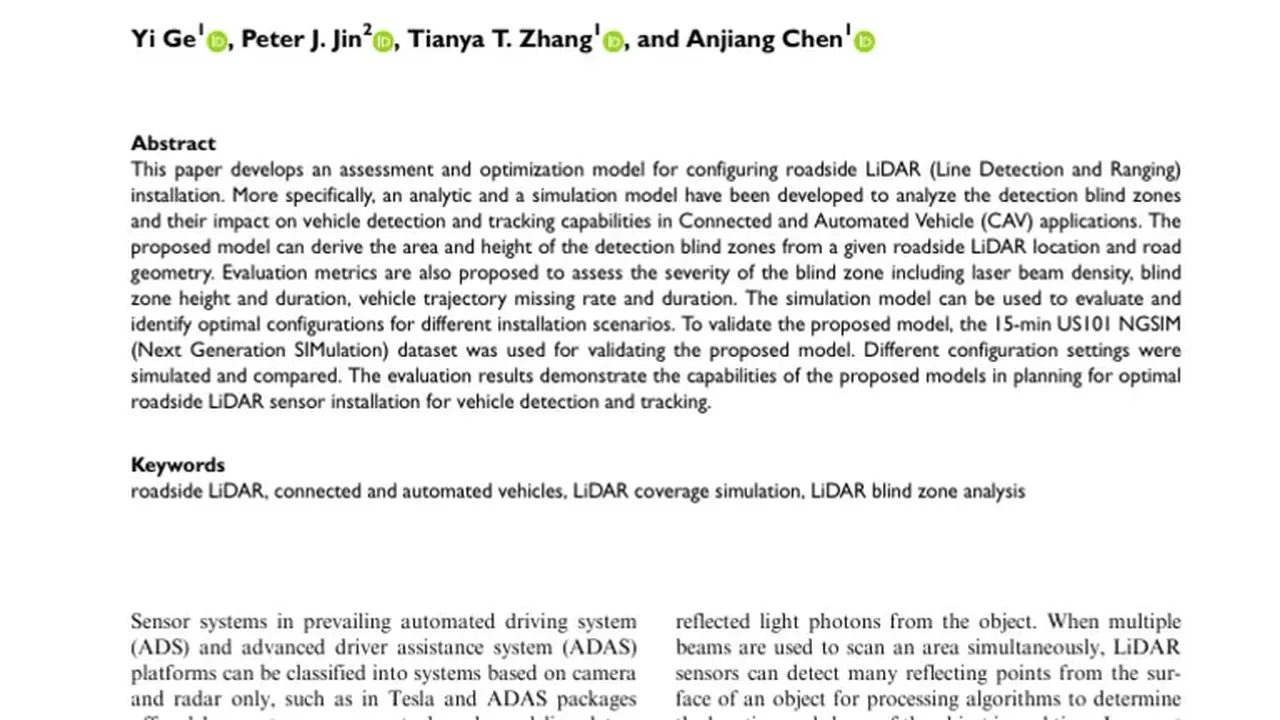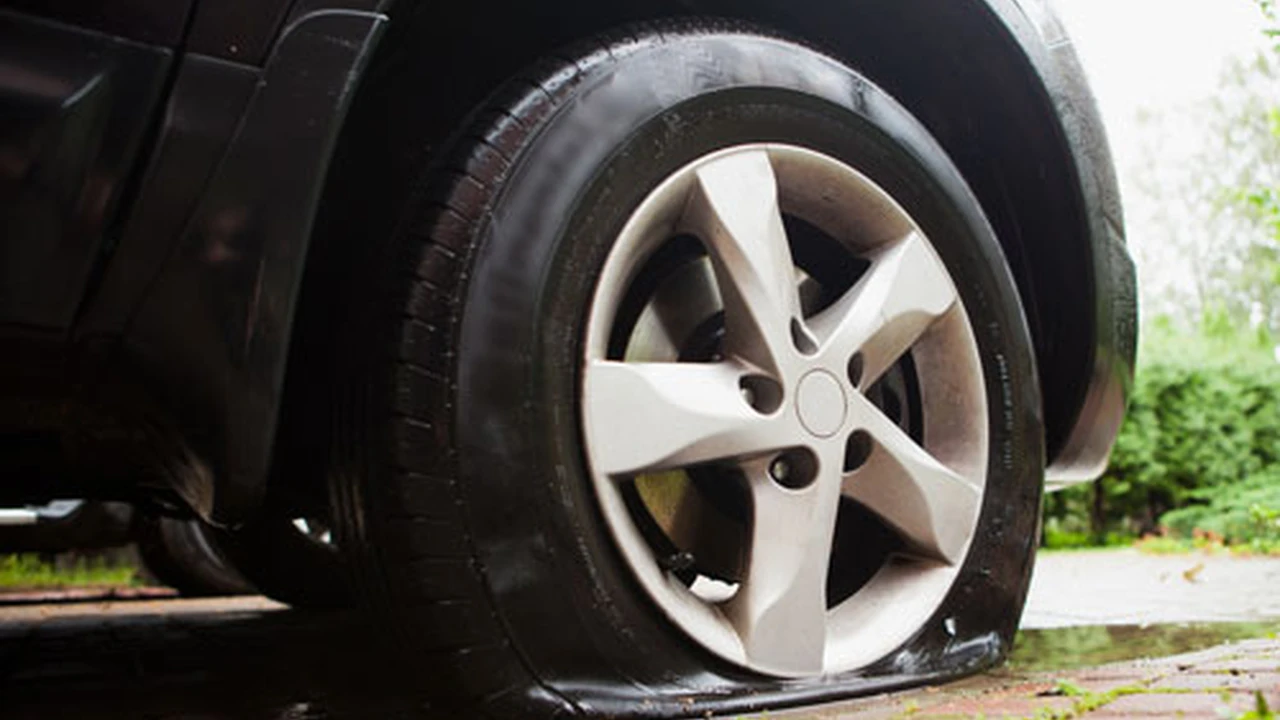How to Change Your Car's Air Filter: Improving Engine Performance

Why Your Car's Air Filter Matters Understanding the Basics
Alright, let's talk air filters. You might think, "Meh, it's just an air filter," but trust me, this little guy plays a HUGE role in how your car runs. It's like the lungs of your engine, preventing dirt, dust, bugs, and other nasty stuff from getting sucked in and causing havoc. A clogged air filter restricts airflow, which can lead to reduced engine performance, lower gas mileage, and even damage to your engine over time. So, keeping it clean is a pretty big deal.
When to Replace Your Air Filter Mileage and Visual Inspection Guide
So, how do you know when it's time for a new air filter? The general recommendation is to replace it every 12,000 to 15,000 miles, or about once a year. However, if you drive in dusty or dirty conditions, you might need to replace it more often. A quick visual inspection is your best friend. Open up your air filter housing (we'll get to that in a bit) and take a look. If the filter is visibly dirty, clogged with debris, or darker than a new filter, it's time for a change. Don't wait until it's completely black! A slightly dirty filter is okay, but when it's packed with gunk, it's time to say goodbye.
Tools You'll Need for the Job Car Air Filter Replacement Essentials
Good news! Changing your air filter is one of the easiest car maintenance tasks you can do yourself. You'll only need a few basic tools:
- New Air Filter: Make sure you get the right one for your car's make and model. Check your owner's manual or use an online parts finder. Don't just grab the cheapest one; we'll talk about quality later.
- Screwdriver (Possibly): Some air filter housings are held together with screws. A Phillips or flathead screwdriver will usually do the trick.
- Wrench (Possibly): Some housings use bolts instead of screws. You might need a small wrench.
- Gloves (Optional): Keeps your hands clean. Mechanic's gloves are great, but even disposable gloves will do.
- Shop Towels or Rags: For wiping up any dirt or debris.
Step-by-Step Guide Changing Your Car's Air Filter Like a Pro
Okay, let's get down to business. Here's a step-by-step guide to changing your car's air filter:
- Locate the Air Filter Housing: This is usually a black plastic box located under the hood, near the engine. It's often labeled with something like "Air Filter" or has a diagram of an air filter on it. Check your owner's manual if you're having trouble finding it.
- Open the Air Filter Housing: Depending on the design, you might need to unscrew screws, unclip clips, or loosen bolts. Be careful not to break anything! Sometimes the clips can be a bit stubborn.
- Remove the Old Air Filter: Gently lift out the old air filter. Pay attention to how it's oriented – you'll need to put the new one in the same way. Notice which side is facing up.
- Clean the Air Filter Housing: Use a shop towel to wipe out any dirt, leaves, or debris that's inside the housing. Don't skip this step!
- Install the New Air Filter: Place the new air filter into the housing, making sure it's properly seated and oriented correctly. Double-check that it's sitting flat.
- Close the Air Filter Housing: Secure the housing by tightening screws, clipping clips, or tightening bolts. Make sure everything is snug and secure.
- Double-Check Your Work: Give everything a final once-over to make sure you haven't missed anything. Make sure the housing is properly closed and secured.
Air Filter Types Choosing the Right Filter for Your Vehicle
Not all air filters are created equal! There are several types to choose from, each with its own pros and cons:
- Paper Filters: These are the most common and least expensive type of air filter. They're made of pleated paper and do a decent job of filtering out dirt and debris.
- Foam Filters: Foam filters are reusable and washable. They offer good airflow but may not filter as well as paper filters. They are usually oiled to help trap contaminants.
- Cotton Gauze Filters: These filters are also reusable and washable. They offer excellent airflow and better filtration than foam filters. They are often used in performance vehicles. Brands like K&N are popular.
- Synthetic Filters: These filters are made of synthetic materials and offer excellent filtration and airflow. They are generally more expensive than paper filters but last longer.
Product Recommendations Best Air Filters on the Market Today
Okay, let's talk specifics. Here are a few air filter recommendations, covering different types and price points:
- Fram Extra Guard Air Filter (Paper Filter): A solid, reliable, and affordable option for everyday driving. Perfect for budget-conscious car owners. Expect to pay around $10-$15.
- Pros: Inexpensive, widely available, good filtration for everyday use.
- Cons: Not as durable as other options, needs to be replaced more frequently.
- Best For: Commuting, general driving.
- Price: $10-$15
- K&N High-Performance Air Filter (Cotton Gauze Filter): A popular choice for performance enthusiasts. Reusable and washable, offering improved airflow and engine performance. Expect to pay around $50-$75.
- Pros: Reusable, improved airflow, potentially better engine performance, long-lasting.
- Cons: More expensive upfront, requires cleaning and oiling, may void some warranties (check with your car manufacturer).
- Best For: Performance driving, enthusiasts who want to improve engine performance.
- Price: $50-$75
- aFe POWER Pro DRY S Air Filter (Synthetic Filter): Offers excellent filtration without the need for oiling. A great balance of performance and convenience. Expect to pay around $40-$60.
- Pros: Reusable, improved airflow, excellent filtration, no oiling required.
- Cons: More expensive than paper filters.
- Best For: Performance driving, those who want a reusable filter without the hassle of oiling.
- Price: $40-$60
- PurolatorONE Air Filter (Paper Filter with Enhanced Filtration): A step up from basic paper filters, offering improved filtration and durability. Expect to pay around $15-$25.
- Pros: Improved filtration compared to basic paper filters, durable, good value.
- Cons: Still needs to be replaced regularly.
- Best For: Commuting, general driving, those who want a slightly better filter than basic paper.
- Price: $15-$25
Comparing Air Filters Which One is Right for You
So, how do you choose the right air filter? Here's a quick comparison:
- Budget: If you're on a tight budget, a paper filter like the Fram Extra Guard is a good option.
- Performance: If you're looking for improved engine performance, a cotton gauze filter like the K&N or a synthetic filter like the aFe POWER Pro DRY S is a good choice.
- Convenience: If you want a reusable filter that's easy to maintain, the aFe POWER Pro DRY S is a good option.
- Filtration: If you live in a dusty area, a synthetic filter or a paper filter with enhanced filtration like the PurolatorONE is a good choice.
Air Filter Maintenance Cleaning and Extending Filter Life
If you choose a reusable filter (like a cotton gauze or synthetic filter), you'll need to clean it periodically. Follow the manufacturer's instructions for cleaning and oiling (if applicable). Generally, you'll use a special cleaning solution to remove dirt and debris, then let the filter dry completely before re-oiling (for cotton gauze filters). Cleaning your filter regularly will help to maintain its performance and extend its lifespan.
Troubleshooting Common Issues Replacing Your Air Filter
Sometimes things don't go as planned. Here are a few common issues you might encounter when replacing your air filter:
- Stripped Screws: If you strip a screw, try using a rubber band or steel wool between the screwdriver and the screw head. If that doesn't work, you might need to use a screw extractor.
- Broken Clips: Be gentle when unclipping clips. If one breaks, you might be able to find a replacement clip at an auto parts store.
- Incorrect Filter: Always double-check that you have the right filter for your car's make and model before you start.
- Housing Won't Close: Make sure the filter is properly seated and that nothing is obstructing the housing from closing.
The Benefits of a Clean Air Filter Fuel Efficiency and Engine Health
Replacing your air filter regularly has a number of benefits, including:
- Improved Engine Performance: A clean air filter allows your engine to breathe easier, which can lead to improved horsepower and acceleration.
- Better Fuel Efficiency: A clogged air filter restricts airflow, which can reduce fuel efficiency. Replacing it can help you save money at the pump.
- Extended Engine Life: By preventing dirt and debris from entering your engine, a clean air filter can help to extend its lifespan.
- Reduced Emissions: A clean air filter can help to reduce harmful emissions.
Air Filter Replacement Frequency When Should You Change It
As mentioned earlier, the general recommendation is to replace your air filter every 12,000 to 15,000 miles, or about once a year. However, if you drive in dusty or dirty conditions, you might need to replace it more often. Don't just rely on mileage; visual inspection is key.
Beyond the Air Filter Other Basic Car Maintenance Tasks
Changing your air filter is just one small part of basic car maintenance. Other important tasks include:
- Checking and Changing Your Oil: This is crucial for engine lubrication.
- Checking and Replacing Your Coolant: Prevents overheating.
- Checking and Replacing Your Brake Pads: Essential for safe stopping.
- Checking Your Tire Pressure: Improves fuel efficiency and tire life.
:max_bytes(150000):strip_icc()/277019-baked-pork-chops-with-cream-of-mushroom-soup-DDMFS-beauty-4x3-BG-7505-5762b731cf30447d9cbbbbbf387beafa.jpg)






